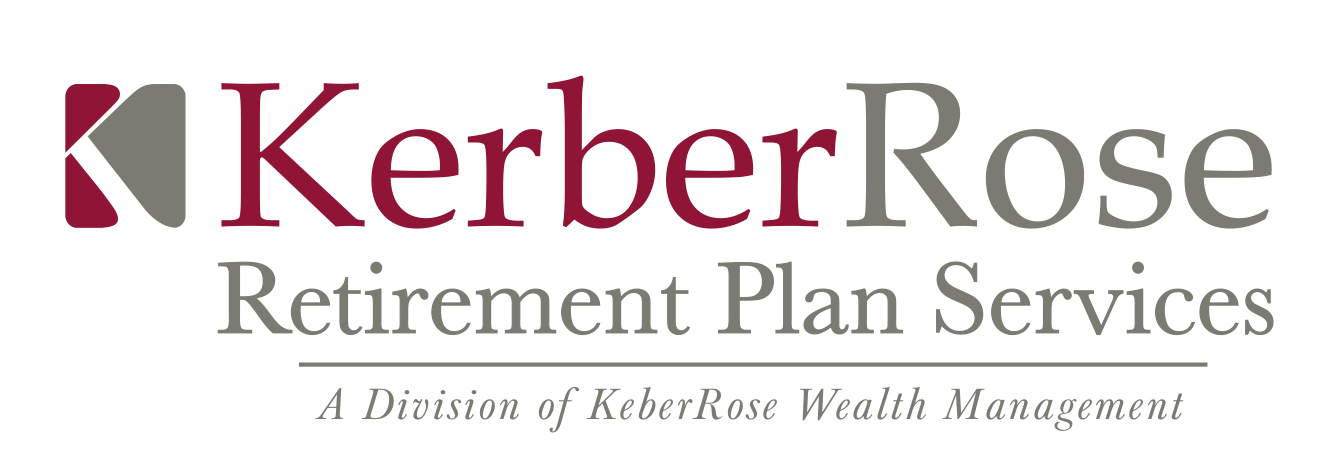Blog
Trending insights and latest news.
Looking for something specific?
Navigating Higher Fees and Opportunities for Smaller 401(k) Plans
Although the costs of retirement benefits have generally decreased due to fee compression, smaller plans are still at a disadvantage. Smaller plans pay more per participant due to fixed costs, while larger plans benefit from economies of scale even with greater total costs. To maximize your retirement plan costs, read our latest blog for insights.
IRS Issues Guidance on Student Loan Matching
According to the Federal Reserve, the median student loan debt in 2023 ranged from $20,000 and $25,000. To help ease this financial burden, employers are increasingly offering a match toward student loan repayments as an employee benefit to help alleviate the financial strain. Should you wish to offer the same to your employees, the IRS provided guidance on match contributions — read our latest blog for full details.
Helping Employees Avoid Retirement Health Care Sticker Shock
Housing, utility costs, and dining are all line items with fairly predictable costs when creating your monthly budget. However, when it comes to healthcare, the situation can change dramatically. Explore these seven strategies to help you better predict — and plan for — medical costs in retirement.
New Rule Allows Matching Employee Student Loan Payments
Starting this year, there’s a new rule that lets you, as a plan sponsor, match your employees’ student loan payments with contributions to their retirement plan. This means if your employees are paying off student loans, you can help them save for retirement at the same time.
Understanding the Difference Between ERISA Bonds and Fiduciary Bonds
As a plan sponsor, it's crucial to understand the different types of bonds that protect your retirement plan and its participants. Two common types of bonds are ERISA Bonds and Fiduciary Bonds. While they may seem similar, they serve different purposes and offer distinct protections.
New Catch-Up Contribution Law Effective January 1, 2025
Effective January 1, 2025, a new provision allows participants aged 60-63 to make additional catch-up contributions. This is an optional provision that plans must adopt as part of SECURE 2.0 to permit these extra catch-up limits.
Participant Corner : Employer Matching – How to Make the Most of Your Plan
Many defined contribution plans include something called employer matching, meaning your employer contributes a certain amount to your retirement savings plan based on your personal contribution. In 2024, individuals can contribute up to $23,000 into their 401(k) according to SEC guidelines, although, when combined with employer matching, the cap comes to $69,000 per year.
LOOKING FOR MORE?
Resources and Webinars
Check out our events and webinars to get timely insight into a wide array of industry and service topics.










